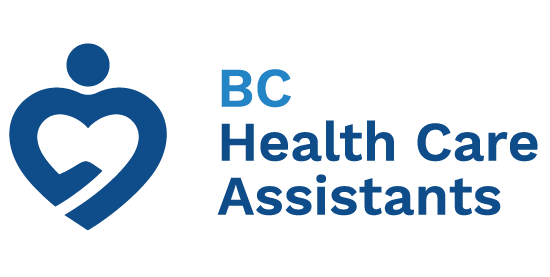
Writing a Quality Resume & Cover Letter
A resume and cover letter are your first introduction to a potential employer. These documents contain all the information an employer requires to decide whether to invite you to an interview for the job. When writing a resume and cover letter, you should summarize your training and experience relevant to the requirements of the position. Your resume and cover letter should also give the reader a picture of who you are as a person and what characteristics make you a strong and passionate HCA.
Writing Your Resume
When writing your resume, be sure to include the following main components: personal data (name, contact information, address); career summary; employment experience; education/training/certifications; additional information (e.g., volunteer experience).
Career Summary
Many jobseekers begin their resume with an “objective statement.” A far stronger way to begin your resume is with a career summary: five to seven bullet points stating your most important qualifications (e.g., HCA training; BC Care Aide Registry Number; years/type of experience; certifications; skills). This summary gives the employer an overview of the most important aspects of your application first.
Employment Experience
In the employment experience section of your resume, list all your work experience relevant to the role to which you have applied, starting with the most recent. For each position, be sure to include the name of the employer, your job title, and your dates of employment (including month and year).
For each position listed, provide a brief summary of your roles and responsibilities. However, instead of listing all your duties and tasks, such as “assisting clients with activities of daily living,” highlight your accomplishments. Accomplishment statements demonstrate how you have used your strengths, knowledge, resources, or authority to improve a situation or to benefit your clients, peers, or employer. Such statements demonstrate that you are someone who can get the job done, and they make your resume stand out from other applicants who may have a similar experience.
When writing accomplishment statements, consider the following format:
- Action verb to attract the employer’s attention
- Background information and actions you took
- Results achieved, including how you helped make the situation better and skills demonstrated
Example: “Provided person-centred care to clients with varying needs within a community home support environment.”
Quick Resume Tips
- Always ensure your contact information is up to date. Include both an email address and telephone number at which you can easily be reached.
- Highlight key requirements for the role, such as your BC Care Aide Registry number, in both your resume and cover letter.
- Do not include personal information such as your age, marital status, social insurance number, or a photo of yourself.
- Tailor your resume to the job. For example, if you are applying for a role in which you will work with older adults, be sure to highlight if you worked with older adults in a previous role. If you don’t have experience working in a similar setting or with a similar client population, highlight the skills and characteristics you will bring to the role you think will make you successful.
- If you find it challenging to decide what to include in your resume, put yourself in your potential employer’s shoes and think about what information will demonstrate you are a good fit for the position.
- Include keywords from the job description to attract hiring managers and applicant tracking systems (ATS).
Writing Your Cover Letter
Think of the cover letter as a supporting document to your resume. It should expand on your resume, not summarize it, and it should clearly and concisely connect your experience to the position you are applying for. Your cover letter, like your resume, should be tailored to the job. It needs to stand out from the crowd, so use it as an opportunity to demonstrate who you are as a person and as a professional.
Demonstrate You Have Researched the Employer
Your first paragraph should express excitement about the employer and provide some insights about why you have applied for the role. Do your research! Make this section unique to each employer. This paragraph should also include the title of the position you are applying for and the job posting number, if one has been given.
Go Beyond your Resume
In the paragraphs that follow your introduction, provide additional detail of how your qualifications match the position, and the skills and the experiences you have that make you a suitable candidate. Your cover letter should go beyond your resume—emphasize your strengths and provide relevant examples from your work. Use real examples that demonstrate your personal approach and the passion you bring to your work.
In the closing paragraph, reaffirm your interest in the position, include a request for an interview, and thank the employer for their time and consideration.
Both your resume and cover letter should be clear and concise. Try to keep your cover letter to one page and your resume to two pages. Carefully proofread both documents before submitting your application and submit it in the format requested by the employer. If the employer does not specify a format for submitting your application, combine your cover letter and resume into a single PDF file, which most software programs can easily open.
If you’re ready to take the first step toward becoming a Health Care Assistant, find an HCA job opportunity near you.
Choose a Career in Providing Care
Site Map
Privacy Policy
Terms Of Use
Contact Us
